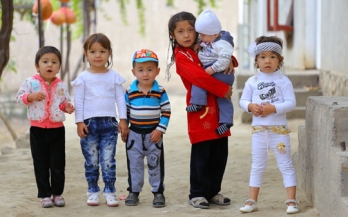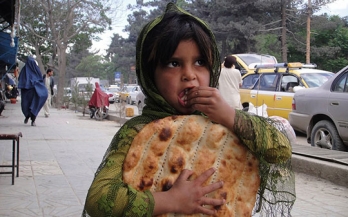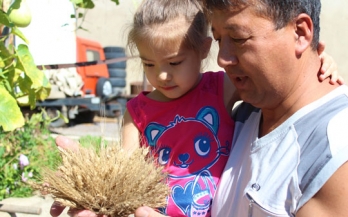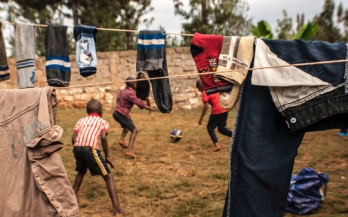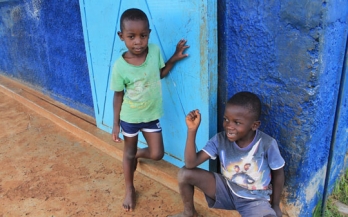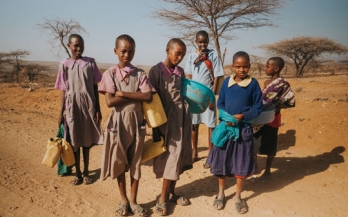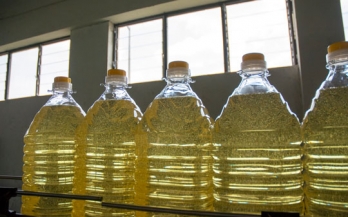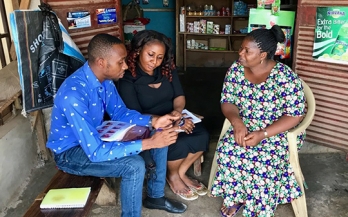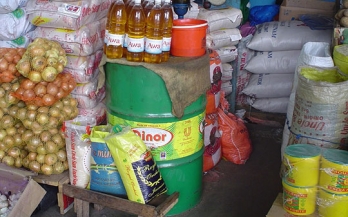- 01/06/2017
This report analyses the cost of fortification of wheat flour in Pakistan, Afghanistan and Kazakhstan, using both Afghan and regional harmonized standards; assesses its impact on market prices of wheat flour for a sustainable fortification program in Afghanistan; and makes recommendations on policy and pricing strategies for domestic and cross-border trade.
- 27/01/2015
This report examines previous large-scale fortification efforts in the Central Asian Republics to ascertain the lessons that can be learned from their successes and failures. The results of the report can help new initiatives ensure better coverage of fortified foods throughout the region including Afghanistan.
- 01/06/2017
This report underlines that in order to move the food fortification agenda forward in Afghanistan and create a supportive environment for action, stakeholders need to understand the impact of fortification, both in terms of health benefits and economic costs.
- 01/01/2017
Micronutrient malnutrition is a major public health problem in Kazakhstan. This Cost Benefit Analysis study looked at the cost-effectiveness of a single intervention, wheat flour fortification, in addressing micronutrient malnutrition.
- 01/05/2016
This monograph is devoted to presentation of the results from ethnographic studies of infant and young child feeding that were undertaken in five counties in Kenya – Vihiga, Kitui, Isiolo, Marsabit and Turkana – as part of a large project aimed at improving nutrition in these communities.
- 01/01/2016
This policy brief summarises key results from a study designed to identify potential interventions to improve nutrition in infants and young children in Kitui County, Kenya. The study was commissioned to provide information necessary for the design of appropriate high-impact nutrition interventions in Kitui to improve nutritional outcomes at the household level.
- 01/01/2016
This policy brief summarises key results from a study designed to identify potential interventions to improve nutrition in infants and young children in Vihiga County, Kenya. The study was commissioned to provide information necessary for the design of appropriate high-impact nutrition interventions in Vihiga to improve nutritional outcomes at the household level.
- 01/05/2017
This study report presents a costing model that was developed to calculate the total national cost as well as to estimate the probable increment in the retail price of fortifying wheat flour and edible oil produced by large flour mills and edible oil refineries with essential micronutrients, and to determine export price of these products.
- 01/03/2018
In an effort to explore the potential of new food vehicles for large-scale food fortification in West Africa, GAIN took advantage of two FACT surveys conducted in West Africa that measured quality, coverage and/or consumption of mandatorily fortified foods, for exploring the potential of other industry manufactured foods for fortification.
- 01/08/2012
This report summarizes the findings of the end-line survey to assess the impact of the oil and wheat flour fortification programmes in Côte d’Ivoire conducted in households in three communes in Abidjan and the rural area of Bouaflé in October 2010.

